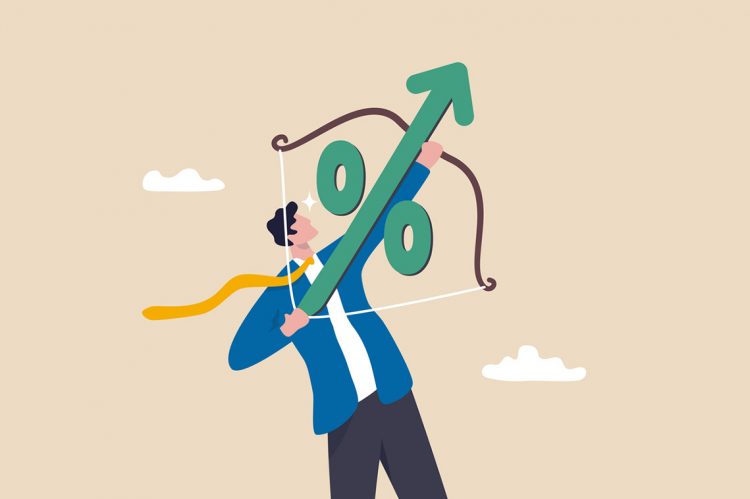The Federal Reserve Wednesday announced another historic 75 basis point rate hike, its fourth of the year and third of that magnitude, as the central bank digs in for a fight to control inflation that has proven anything but transitory.
The announcement comes as mortgage rates climb past the 6% benchmark and data shows mixed and uncertain reactions from the economy to previous rate hikes. Consumers have been left to grapple with ballooning prices for food and services—though the housing market so far remains on more of a glide-path than a nose-dive.
Maybe just as important as the headline rate hike, the Fed also adjusted their expectations down for economic growth and slightly higher for unemployment, also penciling in another 1.25% worth of hikes for this year—all of which reflects a continued acknowledgement that inflation has been much more difficult to get under control than originally thought.
“We have both the tools we need and the resolve that it will take to restore price stability on behalf of American families and business,” Fed Chair Jerome Powell said in a press conference following the announcement. “We anticipate that ongoing increases will be appropriate. We are moving our policy stance purposefully to a level that will be sufficiently restrictive to return inflation to 2%.”
Some had hoped that a more positive consumer price index (CPI) report this month might have pushed the Fed and Powell to ease the pace of rate hikes, and maybe only add 50 basis points this month. But another large hike became almost a foregone conclusion when that report came in higher than expected, as Powell has taken an increasingly hawkish tone in public comments recently.
Mortgage Bankers Association (MBA) Chief Economist Mike Fratantoni said in a statement that at this point, interest rates are where they need to be.
“At 3%, the rate is now above what most FOMC members consider to be the long-term level and should be effective in reducing demand and slowing inflation over time,” he said.
But he called the projected 1.25% further increase for this year a “surprise” which could affect markets.
Stocks fell sharply after the announcement, with the Dow plummeting more than 400 points in a few minutes, and the S&P down about 50 points.
As far as when to slow or stop rate hikes, Powell said that the Fed was looking for “compelling evidence” that inflation is under control. But he added explicitly that there would need to be signs of a cooling labor market before the central bank eases off.
“So far there is only modest evidence that the labor market is cooling off. Job openings are down a bit, quits are off their all-time high, there are some signs that some measures may be flattening out—payroll gains have moderated but not much. In light of the high inflation we’re seeing…we think that we’ll need to move our funds rate to a restrictive level, and keep it there for some time.”
Housing, which makes up an outsized proportion of inflation, has certainly felt the pain of the current economic condition, especially in rental markets. Higher mortgage rates are the biggest stumbling block through the rest of the year, National Association of REALTORS® Chief Economist Dr. Lawrecne Yun said this week. While mortgage rates are not directly tied to the federal funds rate, they are closely correlated.
Bright MLS Chief Economist Dr. Lisa Sturtevant agreed, saying in a statement that consumers and home prices had the potential to buckle under spiraling mortgage rates.
“Higher mortgage rates are cooling homebuyer activity, and as rates go higher, there is a greater risk that home prices will fall. Homebuyers’ purchasing power has been significantly eroded by rising rates,” she explained. “In some markets, where prices have been rising at double-digit rates, and inventory has surged, there is the potential for a steep drop-off in prices.”












